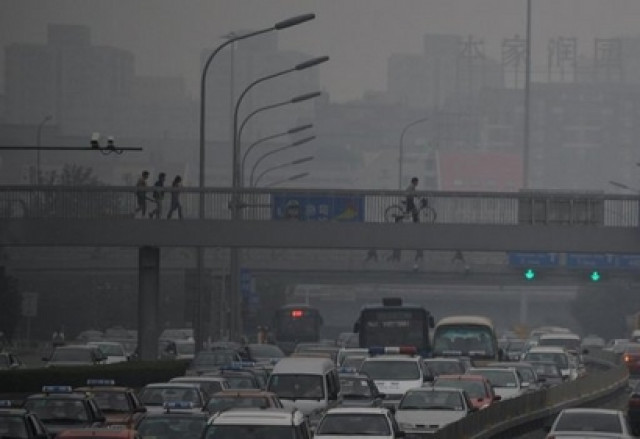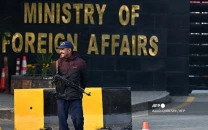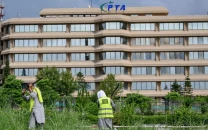Air pollution in Lahore, Punjab cities reaches ‘hazardous’ category
Meteorological Department advises citizens to avoid outdoor activity, urges masks for sensitive groups

Air pollution in Lahore and several other cities across Punjab reached hazardous levels on Sunday. According to the global air quality monitoring organisation IQAir, Lahore recorded the world’s worst air quality with an average Air Quality Index (AQI) of 378, followed by Delhi at 288 and Tashkent at 175.
Official provincial data shows that Sheikhupura recorded the highest pollution level in Punjab with an AQI of 500, placing it in the “extremely hazardous” category. Lahore followed with 372, Gujranwala with 294, Faisalabad with 255, and Multan with 194.
The top ten most polluted cities also included Sargodha (186), Dera Ghazi Khan (179), Bahawalpur (159), Sialkot (156), and Rawalpindi (124).
Within Lahore, the air quality varied by area but remained alarmingly high: Shahdara (500), Multan Road (395), Punjab University (393), Safari Park (367), Kahna Nau (346), Burki Road (340), GT Road (337), and DHA Phase 6 (320) — all several times higher than the World Health Organization’s recommended safe limit.
Environmental experts attribute the worsening air quality mainly to cross-border pollution from Indian Punjab, where stubble burning has increased by around 15 percent compared to last year.
The smoke and particulate matter from burning crop residue drift into central Punjab, affecting Lahore, Kasur, Sheikhupura, and Gujranwala districts.
According to the Pakistan Meteorological Department (PMD) and environmental monitoring data, low wind speeds (3–5 mph) and a sharp drop in temperature have weakened atmospheric dispersion, trapping pollutants near the ground. With humidity levels between 95 and 100 per cent during the night and early morning, smog layers intensify and visibility drops drastically.
Slight improvement is seen during the daytime due to sunlight, but pollution thickens again by evening. The Environment Department notes that low-pressure weather systems, persistent dryness, and transboundary emissions have worsened conditions this season.
In response, the Punjab government has announced an intensified anti-smog campaign. Joint teams from the Agriculture and Environment Departments are taking action against stubble burning in Lahore, Nankana, and Kasur. Official data indicates that the use of 5,000 super seeders has helped protect 400,000 acres of farmland from being burned.
Authorities have distributed 600,000 environmentally friendly machines, including super seeders, harvesters, Kubota harvesters, and balers, allowing farmers to convert crop residue into bales for use as fodder or biofuel instead of burning it. Awareness campaigns are ongoing in rural areas through mosque announcements, village meetings, and local community leaders to educate farmers about the health and environmental impacts of smog.
In urban areas, the district administration has begun operating “smog guns” (fog cannons) in heavily polluted zones to simulate light rainfall and help settle airborne particles. According to the Environment Department spokesperson, this year’s anti-smog monitoring system is more active and integrated than last year's. “There is no need for panic, but cooperation from the public is essential,” the spokesperson said.
The Meteorological Department has advised citizens to avoid unnecessary outdoor movement, especially in the morning and evening hours, and for sensitive groups to wear protective masks. The department further noted that if wind speeds increase slightly over the next 48 hours, a partial improvement in air quality can be expected.






















COMMENTS
Comments are moderated and generally will be posted if they are on-topic and not abusive.
For more information, please see our Comments FAQ